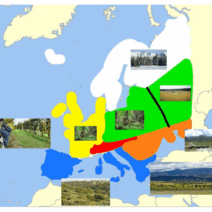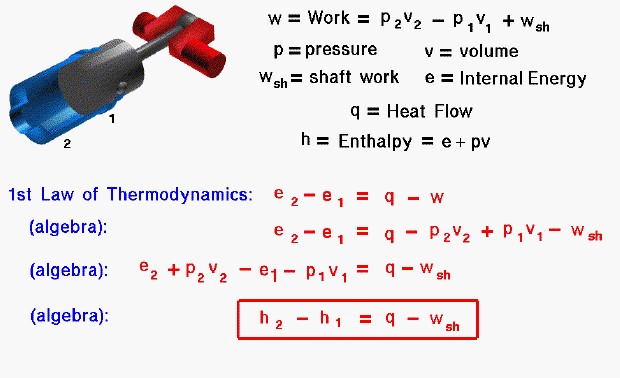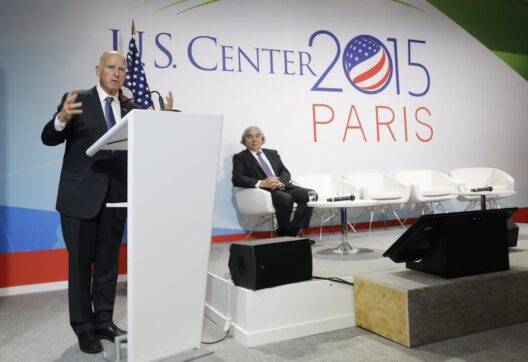Have you ever pondered what happens to the energy when you turn off a light bulb? Does it simply vanish into thin air? This tantalizing question invites us to explore the profound principle known as the Law of Conservation of Energy. This law asserts that energy cannot be created or destroyed; rather, it transitions from one form to another. To understand this enlightening concept, let us delve deeper, dissecting its components, implications, and applications in both everyday life and broader environmental contexts.
The Law of Conservation of Energy is one of the cornerstones of physics and provides a framework for understanding a myriad of phenomena in our universe. From the fluttering of leaves to the soaring of an eagle, energy plays an invisible yet vital role. Energy exists in various forms—kinetic, potential, thermal, chemical, and more. Each type can morph into another, but the total amount remains constant. This constancy is a fundamental characteristic of isolated systems, where no external energy is introduced or lost.
At its core, kinetic energy is the energy of motion. A moving car, a rolling ball, or even your own body in motion demonstrates this principle. On the other hand, potential energy is stored energy, often associated with an object’s position or state. For instance, a book resting on a higher shelf possesses gravitational potential energy, poised to convert to kinetic energy the moment it falls. The interplay between these forms of energy is not only fascinating but also plays a critical role in numerous systems, from the simple to the complex.
Imagine a pendulum swinging. As the pendulum reaches the peak of its swing, all its energy is potential, and at the lowest point, that energy is wholly transformed into kinetic energy. The energy fluctuates between these forms, yet the total energy in the system remains unchanged. This elegant dance of energy conservation is replicated across countless scenarios, from roller coasters to planetary orbits.
Now, consider thermal energy—an ever-present form of energy associated with the temperature of matter. When you heat a pot of water, the thermal energy transfers to the water molecules, causing them to vibrate more vigorously until they escape as steam. Herein lies a critical real-world application of conservation: energy flows, transforming but never disappearing. As societies evolve, understanding these energy transformations is increasingly vital, particularly in the context of climate change.
The energy transfer also plays an essential role in ecological systems. Plants, for instance, harness solar energy through photosynthesis to create chemical energy stored in glucose. This energy cascades through the food web, from herbivores to apex predators. When animals consume plants, they convert the chemical energy into kinetic energy for movement and metabolic processes. This complex web exemplifies the conservation of energy within ecosystems—a delicate balance maintained over eons.
However, the principle of energy conservation faces real-world challenges, particularly with the advent of human industrialization. Energy transformations in machines, vehicles, and power plants often come with energy losses in the form of waste heat, sound, and vibrations, leading to inefficiencies. Consider a car engine, which converts the chemical energy in fuel into kinetic energy to propel the vehicle forward. Yet, a significant portion of that energy dissipates as heat, wastefully vented into the environment instead of driving the wheels. Addressing these inefficiencies is crucial for reducing our carbon footprint and mitigating climate change.
Modern technological innovations strive to maximize energy efficiency, enhancing conservation principles. Renewable energy sources, like wind and solar, epitomize the pursuit of sustainable energy practices. By capturing and transforming natural energy flows into usable forms, we create an opportunity to maintain ecological balance while fulfilling human energy needs. However, the deployment of these technologies also necessitates mindfulness regarding potential resource exploitation and waste generation.
Moreover, the challenge of energy conservation extends into personal habits. Simple lifestyle changes, such as using energy-efficient appliances, reducing unnecessary energy consumption, or opting for alternatives such as biking instead of driving, all contribute to a more sustainable interaction with our environment. These small individual contributions can collectively yield significant reductions in total energy demand, ultimately fostering a healthier planet.
While contemplating energy conservation, one must also recognize the importance of conservationist practices. Conservation does not merely signify maintaining energy levels; it encompasses preserving the earth’s natural resources. Much like energy, these resources cannot be created anew in any reasonable timescale; our oceans, forests, and watersheds hold intrinsic value that must be respected and upheld.
In conclusion, understanding the Law of Conservation of Energy enriches our comprehension of the universe’s mechanics while serving as a clarion call for environmental stewardship. As our civilization grapples with climate change and environmental degradation, the principles of energy conservation become increasingly critical. Every action we take, every choice we make, has consequences that ripple through the very fabric of our planet’s ecosystems. Hence, let us embrace these principles, transforming our collective knowledge into compassionate actions that safeguard our environment for generations to come.








